Apple is investigating a system that would allow users to control their Apple Watch, iPhone, or other device by blowing on it.
In a patent application published by the U.S. Patent and Trademark Office on Thursday, Apple outlines a system for "detecting blow events" and for "switching between different modes of an electronic device based on detected blow events."
A "blow event," in this case, refers to a user literally blowing on a device to trigger different functionality. That sounds objectively weird, but the patent outlines a couple of use cases.
"Portable electronic devices often require a first hand of a user to hold or wear the device and a second hand to physically interact with the device for providing user input commands for controlling the functionality of the electronic device. When a user is unable to directly physically interact with an electronic device for providing input commands, the user experience provided by the device is significantly reduced," the patent reads.
For example, if an Apple Watch wearer cannot tap on their watch because they're carrying bags in each hand, they could blow on the wearable to trigger a specific feature — such as answering a call. Though the system seems most useful for wearable devices, Apple's patent application suggests it could work on an iPhone, too.
The system could identify a blow event by using sensors to measure and detect an increase or change in pressure. To boost the accuracy and reduce the chances of a false positive, the system would incorporate a variety of pressure sensors, as well as additional components like humidity or temperature sensors.
Beyond a single blow to trigger a specific functionality, the patent contends that an operating system could map various commands to different "blow events." For example, two or more blows within a particular period of time could trigger a different feature.
Jiang Wang, who worked on Apple sensor technology for iOS and watchOS in the past, is listed as the patent application's inventor.
The Cupertino tech giant has experimented with non-touch user experience methods in the past, including 3D in-air gestures for Mac or AirPods. Other interesting patents focused on the interaction between users and devices include an "Apple Car" system that could change how it drives by detecting passenger stress.
Apple files numerous patent applications on a weekly basis, so they're a poor indicator of when a particular feature may debut. Similarly, not all patented technology actually makes it to a final product.
 Mike Peterson
Mike Peterson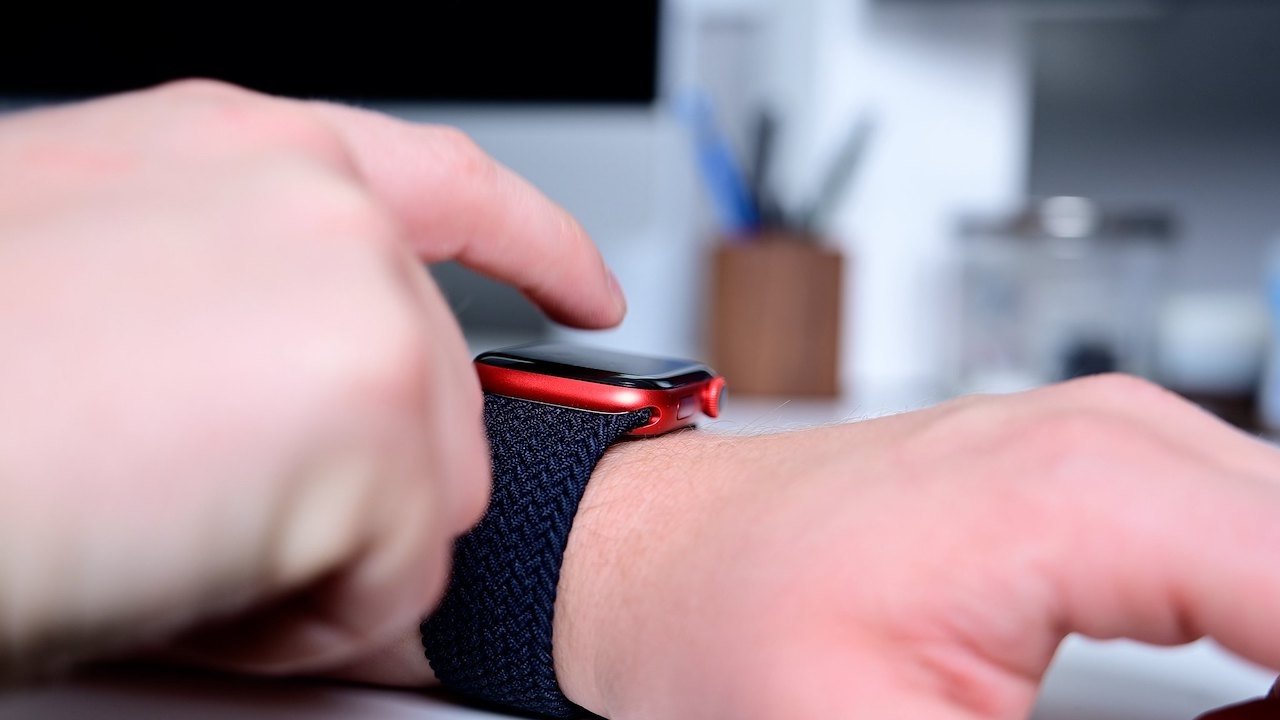

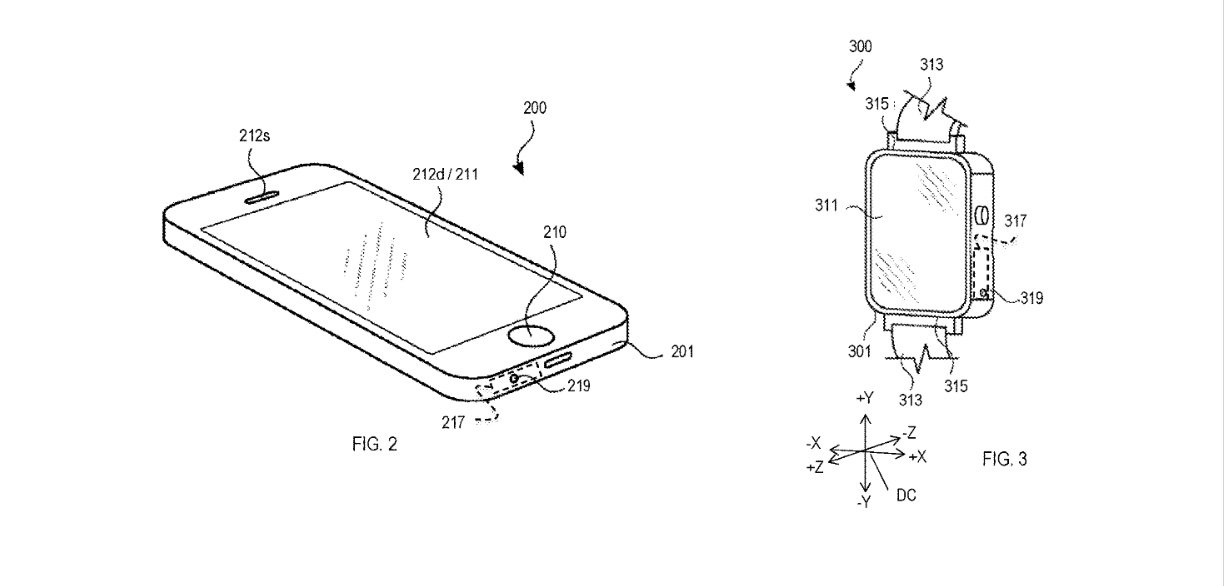







-m.jpg)






 Bon Adamson
Bon Adamson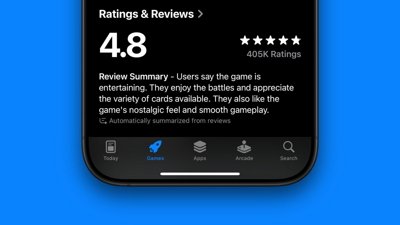
 Marko Zivkovic
Marko Zivkovic
 Wesley Hilliard
Wesley Hilliard
 Amber Neely
Amber Neely

 Malcolm Owen
Malcolm Owen
 William Gallagher
William Gallagher

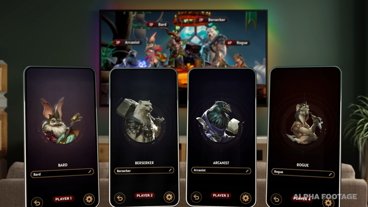
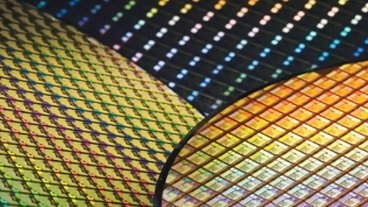


-m.jpg)



13 Comments
Licensed from Nintendo?
nintendo ds?